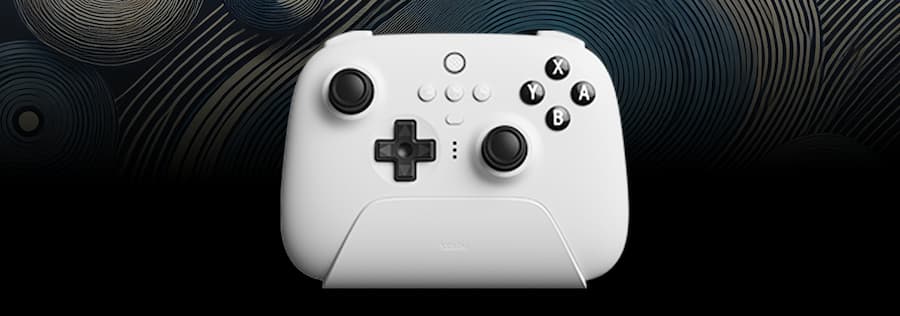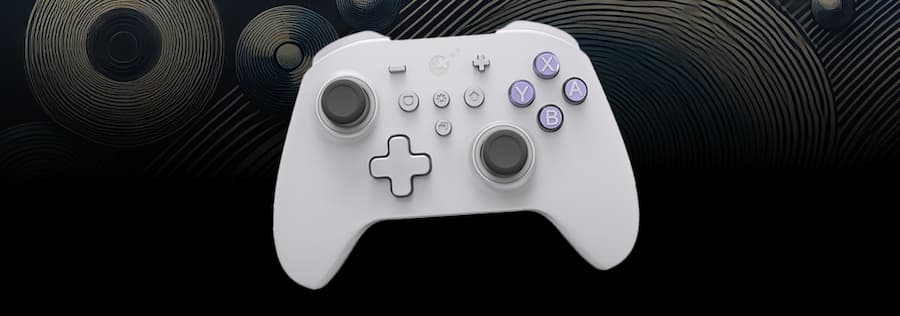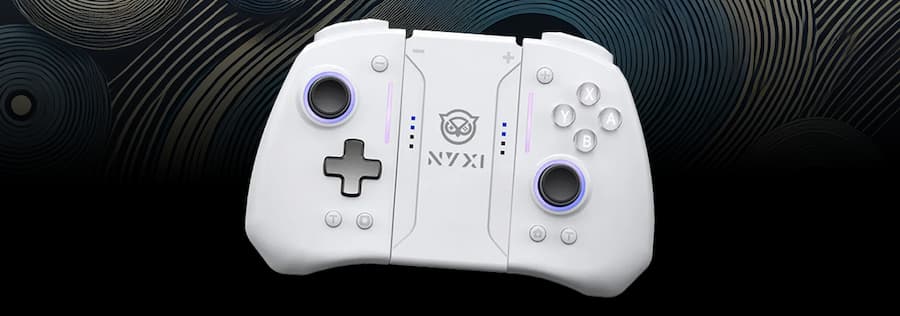How hall-effect controllers work — it's pretty much down to magnets baby.
Many popular input devices, including the Joy-Con bundled with the Nintendo Switch, the current Xbox controller, the PS5 DualShock, and even the Steam Deck, all use something called potentiometer-based joysticks.
As you may well have experienced, these controllers can often fail, resulting in drift (I’m looking at you Nintendo…), but it doesn’t have to be this way.
Yes, potentiometer-based devices, like all of us, will eventually perish. Things wear out. So, the current favoured alternative is something called a ‘Hall-effect’ joystick.
You may have heard this term thrown around when accessory makers are touting the benefits of a new third-party controller — but what exactly is a hall-effect joystick? It ain’t a new solution, but it’s one that seems to be having a moment — thanks in part to its promise to fix stick drift.
Well, hall-effect joysticks are a (slightly pricier) type of input device used in things such as our beloved gaming pads, aircraft controls, and various other systems. The ‘hall-effect’ name originates from the phenomenon discovered by scientist Edwin Hall in the late 19th century.

Essentially, the hall-effect is when a magnetic field pushes electric charges to one side of a conductor, creating a voltage difference.
Any controller with hall effect joysticks or triggers have small magnets attached to the moving parts — meaning when you move a joystick or press down on a trigger, the magnet moves too. Then, sensors within the controller detect any resulting change to the magnetic field and generate an electrical signal as a result.
It’s these signals that are then sent and interpreted as movement or action in the game.
The benefit over traditional potentiometer-based controllers is that hall effect sticks and triggers detect movement without physical contact — reducing the usual wear and tear on your input devices. Basically, these controllers are accurate, buttery smooth, and tend to have a longer lifespan than the average controller. It’s objectively the superior joystick tech.
So, now you know.
Which controllers use hall-effect joysticks and triggers?
There are currently a handful of accessory makers creating various controllers that use hall-effect tech. Even some handhelds, such as the AYANEO Pocket Air, have the tech baked in.
Here's some of our best, top three picks for hall-effect controllers:

8BitDo Ultimate
8BitDo are a trusted name in the controller space, and this 'ultimate' controller brings together the best of their offerings. It features hall-effect joysticks, custom back buttons, and the ability to switch profiles at the touch of a button. It also comes with a handy charging dock, and is available in a few different colour options. It works with PC, Android and Steam Deck, and is also officially supported by Apple for iOS devices.

Gulikit KK3 Max
The latest controller from Gulikit, the KK3 features both hall-effect joysticks and triggers, a switch for changing between analog or digital triggers, and a 'maglev' vibration motor. It works with Windows, the Switch, and Android and iOS.

NYXI Hyperion Pro
NYXI make a range of controllers with a particular focus on the Switch. I have their Wizard controller in lovely GameCube purple and it's great. The Hyperion is another such solid option, complete with hall-effect sticks, programmable buttons, 6-axis gyro for motion sensing, and turbo mode — all in a rather comfy, ergonomic pad.



